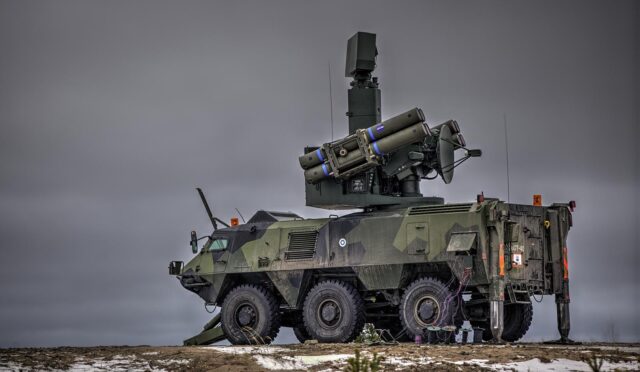Kongsberg Launches ARVAKER I Satellite for Maritime Surveillance
Kongsberg unveiled the ARVAKER I microsatellite, a cutting-edge tool designed to enhance maritime surveillance, following a five-year contract awarded by the Norwegian Armed Forces. The satellite successfully took to the skies aboard SpaceX’s Transporter-13 mission, launching from the Vandenberg Space Force Base in California. Shortly after its deployment, it established two-way communication with mission control operated by Kongsberg NanoAvionics.
ARVAKER I is set to play a critical role in ensuring maritime security by monitoring illegal activities, such as fishing, smuggling, and environmental violations. Equipped with advanced surveillance instruments—including automatic identification system receivers and navigation radar detectors—the satellite is a part of the inaugural phase of the N3X constellation project. This initiative is designed to oversee essential areas of interest within Norway. Additionally, the project encompasses the launch of two more ARVAKER satellites, designated II and III, later this year.
Kongsberg’s Strategic Move into the Space Sector
This launch signifies Kongsberg’s official entry into the space industry as both a satellite operator and service provider. Notably, the company will retain ownership of the satellites, while Kongsberg Satellite Services (KSAT) will oversee their operational management. Eirik Lie, President of Kongsberg Defence & Aerospace, emphasized the importance of this launch, stating, “Kongsberg has been active in the space segment for decades, delivering high-end technology and solutions, but this successful launch marks a milestone for us as we will own and operate the satellites for the first time.”
Leveraging its extensive global ground station network, KSAT is positioned to deliver high-frequency, low-latency surveillance data to the Norwegian government and various unnamed international clients. According to Kongsberg NanoAvionics, once fully operational, this constellation will significantly enhance Norway’s capacity to monitor critical areas, thereby strengthening national security and improving maritime domain awareness.







